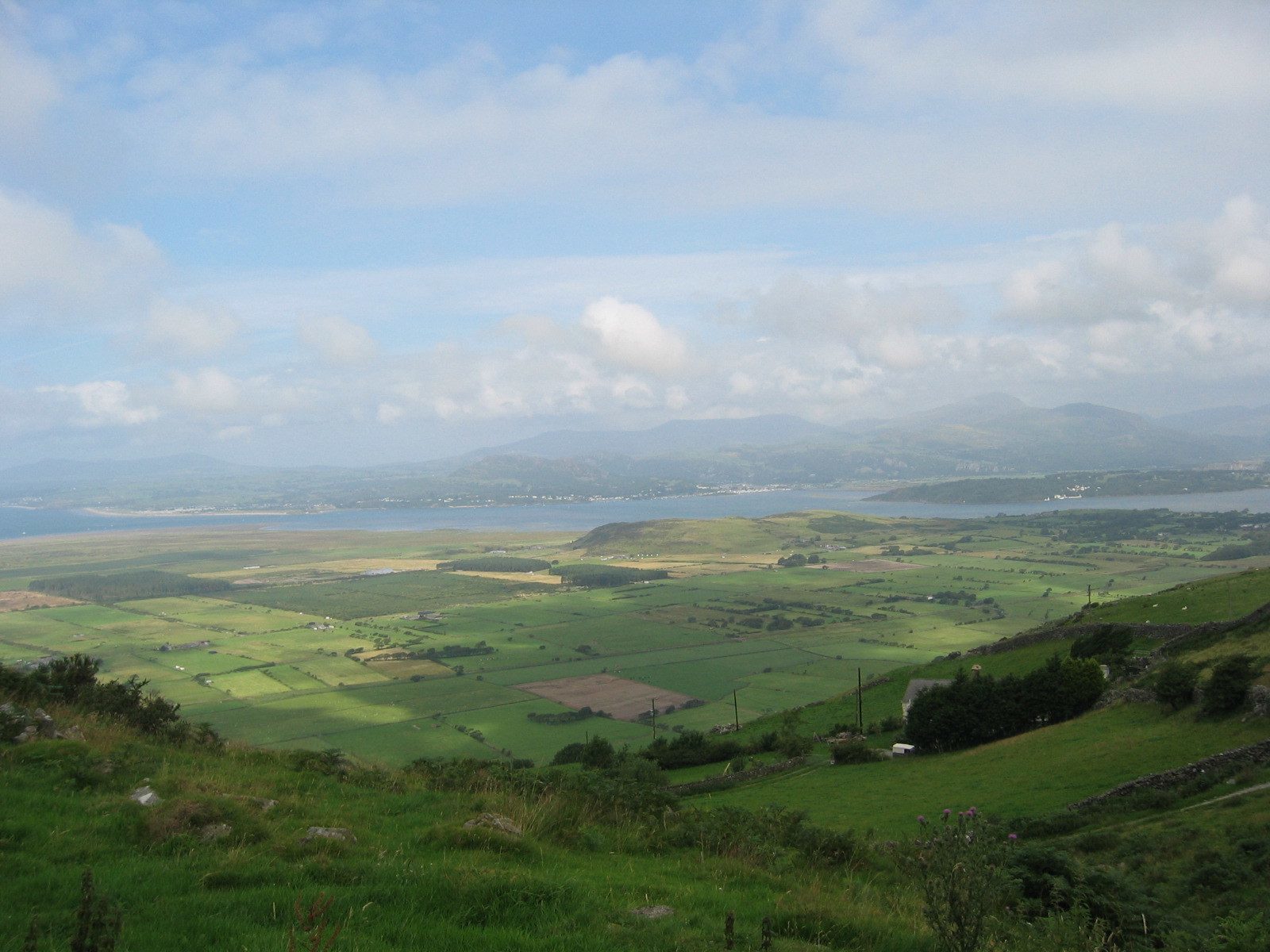SimplyFixIt, is one of the UK's top independent iPad repair specialists. Our head office is in Edinburgh, but we fix iPads for people all over the country, including in Gwynedd. No matter your location, we can fix your iPad!
Why trust us with your iPad repair? Our Apple Certified Technicians deliver unrivalled quality, outshining local independent computer shops. With an impressive track record in the Gwynedd area, we invite you to experience our top-tier service for all your iPad needs, especially iPad screen repairs.
Fast Repairs
Quality Components
Spread the cost
All Repairs Guaranteed
We understand the importance of your iPad, so we aim to return it within 48 hours of receiving it. At SimplyFixIt, we believe in precision over speed, but rest assured, your iPad will be in good hands. Once the repair, including any necessary screen repairs, is complete, we'll promptly notify you and arrange express delivery back to Gwynedd, either your home or work.
Happy SimplyFixIt Customers near Gwynedd
We do more than just fix iPads; our services include repairs for MacBooks, iPhones, and Windows laptops. If you're in the Gwynedd vicinity, you're likely close to someone that we've helped in the recent past. Below is a map of the people1 near Gwynedd who have used SimplyFixIt because of our fast, efficient, and high-quality repair service.
Ready for a seamless iPad repair experience? Choose your iPad below and follow the instructions. With SimplyFixIt, you're choosing reliability, quality, and peace of mind.
iPad Repairs for Schools in Gwynedd 🎓
Do you have iPads in your school or college that are broken? We can help. We have partnered with hundreds of schools across the UK to provide an easy & low-cost way to get iPads back into the classroom — where they belong. There's no need to pay for insurance, or pay Apple's exorbitant prices for iPad repairs. We know that you have enough to do as a teacher, so we look after collecting, fixing and returning the iPads from your school. Click here to visit the iPad Repair site for schools, where you can download our brochure or get more information.
Map of customers near you
1Please note that for data protection reasons, we've applied "fuzziness" to the location markers. Though not exact, these markers represent the general areas of our satisfied customers.

Not sure what model of iPad you have?
Enter your iPad's serial number below, or read our guide at what model iPad do I have?.
Check your Serial Number for free.
Choose an iPad
About Gwynedd
Gwynedd (Welsh: [ˈɡwɨnɛð]) is a county in the north-west of Wales. It borders Anglesey across the Menai Strait to the north, Conwy, Denbighshire, and Powys to the east, Ceredigion over the Dyfi estuary to the south, and the Irish Sea to the west. The city of Bangor is the largest settlement, and the administrative centre is Caernarfon. The preserved county of Gwynedd, which is used for ceremonial purposes, includes the Isle of Anglesey.
Gwynedd is the second largest county in Wales but sparsely populated, with an area of 979 square miles (2,540 km2) and a population of 117,400. After Bangor (18,322), the largest settlements are Caernarfon (9,852), Bethesda (4,735), and Pwllheli (4,076). The county has the highest percentage of Welsh speakers in Wales, at 64.4%, and is considered a heartland of the language.
The geography of Gwynedd is mountainous, with a long coastline to the west. Much of the county is covered by Snowdonia National Park (Eryri), which contains Wales's highest mountain, Snowdon (Yr Wyddfa; 3,560 feet, 1,090 m). To the west, the Llŷn Peninsula is flatter and renowned for its scenic coastline, part of which is protected by the Llŷn AONB. Gwynedd also contains several of Wales's largest lakes and reservoirs, including the largest, Bala Lake (Llyn Tegid).
The area which is now the county has played a prominent part in the history of Wales. It formed part of the core of the Kingdom of Gwynedd and the native Principality of Wales, which under the House of Aberffraw remained independent from the Kingdom of England until Edward I's conquest between 1277 and 1283. Edward built the castles at Caernarfon and Harlech, which form part of the Castles and Town Walls of King Edward in Gwynedd World Heritage Site. During the Industrial Revolution the slate industry rapidly developed; in the late nineteenth century the neighbouring Penrhyn and Dinorwic quarries were the largest in the world, and the Slate Landscape of Northwest Wales is now a World Heritage Site. Gwynedd covers the majority of the historic counties of Caernarfonshire and Merionethshire.